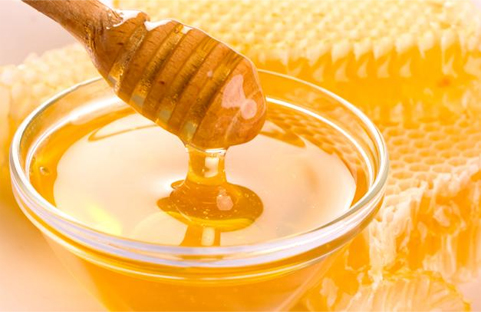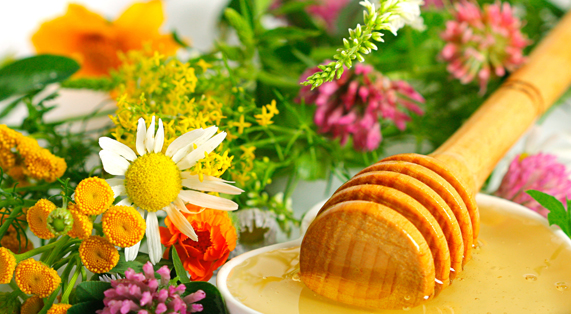تحليل الصفات الفيزائية الكيميائية لبعض الاعسال السعودية Physiochemical Analysis of Some Saudi Arabia Honey
تحليل الصفات الفيزائية الكيميائية لبعض الاعسال السعودية
Physiochemical Analysis of Some Saudi Arabia Honey
Ahmed G. Hegazi, Faiz M. Al Guthami and Ahmed F.M. Al Gethami. 2018. Physiochemical Analysis of Some Saudi Arabia Honey. Int.J.Curr.Microbiol.App.Sci. 7(02): 1441-1448. doi: https://doi.org/10.20546/ijcmas.2018.702.174Physiochemical Analysis of Some Saudi Arabia Honey (1)
وقد تم توثيق العسل جيدا كأقدم الأدوية التقليدية. يتم تسجيل استخدامه في
البردي المصري مؤرخ من 1900 إلى 1250 قبل الميلاد. التي استخدمت العديد من المصريين
وصفات بما في ذلك العسل. ويذكر أيضا في القرآن الكريم. العسل تعزيز
ونمو الأنسجة لإصلاح الجرح، وقمع التهاب، وتحقيق سرعة
التنحيف الذاتي. وكان الهدف من هذه الدراسة لتحديد
التحليل الفيزيوكيميائي لبعض العسل السعودي. عينات العسل 66 جديدة (3 كجم
من كل) تم تقديمها من قبل شركة النهال الجوال، 2016 موسم المزهرة. عسل
تم جمع العينة في وعاء زجاجي عالمي معقم وأبقى في 2-8 درجة مئوية حتى اختبارها.
تم إجراء التحليل الفيزيوكيميائي. تحديد محتوى الرواسب، إجمالي الحبوب،
محتوى الرطوبة، المواد الصلبة القابلة للذوبان في الماء، درجة الحموضة، الحموضة، الموصلية الكهربائية، تحليل اللون،
محتوى الرماد، محتوى البروتين الكلي، محتوى السكريات، السكريات المقلوبة، الجلوكوز (g / 100 g)،
الفركتوز (ز / 100 غرام)، السكروز الفركتوز / الجلوكوز (ز / 100 غرام) نشاط انزيم الدياستاز، همف و
تم إجراء الفحص الميكروبيولوجي. التحليل الفيزيوكيميائي لعينات العسل
كانت متنوعة وفقا لمصادر العسل المختلفة. كان من الواضح أن نوعية العسل
كانت متنوعة على أساس الأصول النباتية.
Honey had been well documented as oldest traditional medicines. Its use is recorded in Egyptian papyri dated from 1900 to 1250 B.C. which used many of the Egyptian prescriptions including honey. It is also mentioned in the Holy Qu’ran. Honey enhancing the growth of tissues for wound repair, suppress inflammation, and bring about rapid autolytic debridement. The objective of this study was aimed to determine the Physiochemical analysis of some Saudi Arabia honey. The fresh 66 honey samples (3 kg of each) were kindly provided by Alnahal aljwal Company, 2016 flowering season. Honey sample was collected in a sterile universal glass container and kept at 2– 8°C until tested. Physiochemical analysis was done. Determination of sediment content, total grains, moisture content, water soluble solids, pH, acidity, electrical conductivity, colour analysis, ash content, total protein content, sugars content, inverted sugars, glucose (g/100 g), fructose (g/100 g), fructose/ glucose sucrose (g/100 g) diastase enzyme activity, HMF and microbiological examination were performed. Physiochemical analysis of honey samples were varied according to different honey sources. It was obvious that the honey quality was varied based on the botanical origins.




